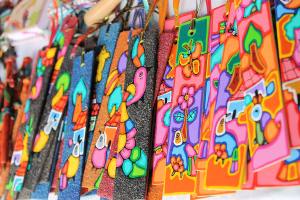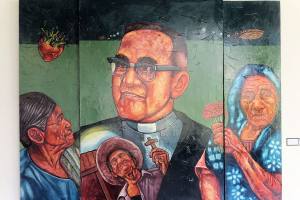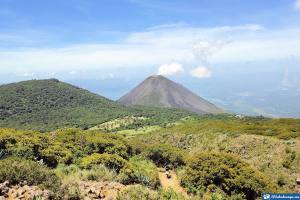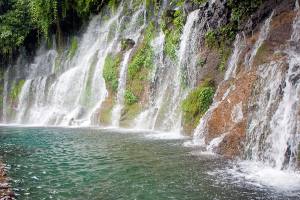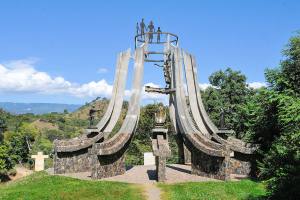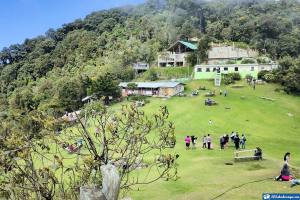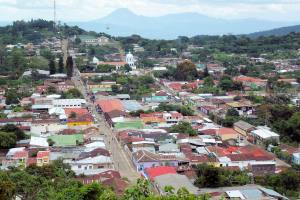Do you know how easy it is to get to know El Salvador from its coasts to the mountains? You can live this experience through the Mil Cumbres Route. A journey takes you from the eastern beaches to the beautiful Sierra Tecapa, where you can enjoy a unique landscape.
The places you can visit have unique characteristics, but above all, they allow you to perform different activities. In the Mil Cumbres Route, you will find adventure, recreation, and much more.

MIL CUMBRES ROUTE -Routes of El Salvador. Photo by ElSalvadorViajar.
In short, a complete tourist route in which you can visit the Jiquilisco Bay, the City of Alegría, the City of Berlin, Tecapa Volcano, Alegria Lagoon, and of course, the Chaguantique Forest.
Many of these places are biological reserves where the most important plant and animal species of El Salvador live. So if you want to know more about the Mil Cumbres Route, keep the details of what we present here.
What to see and do in the Mil Cumbres Route
Now that you know where the Mil Cumbres Route is located, it is time to talk about the places that compose it. Below you will discover what this route offers you and the activities you can do during your stay. Let’s start.
Jiquilisco Bay
The Mil Cumbres Route begins in the wonderful Jiquilisco Bay in the southern part of the Department of Usulután. It has an extension of 55 km of beach where you can enjoy various water activities.
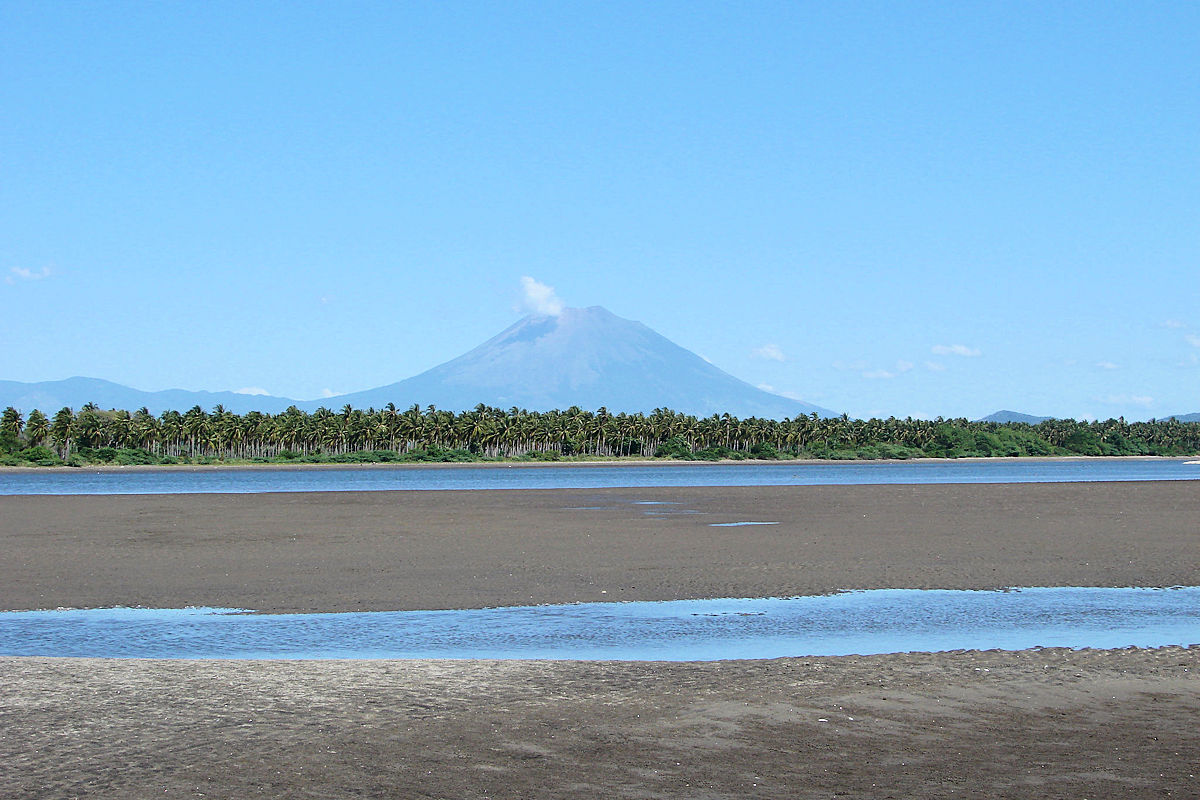
On the other hand, it has a mangrove forest recognized as a Ramsar Site in El Salvador, arguably the most important of all. The Biosphere Reserve is where you can enjoy good weather and incredible biodiversity.
Similarly, you can take a complete tour to get to know the Puerto El Triunfo and some craft docks. You can hire a boat for a ride, fishing, or diving and go horseback riding, kayaking, and more.
Now, if you want to know more than this, you can not miss the island of El Arco, El Espino beach, Piraya Island, or Espiritu Santo.
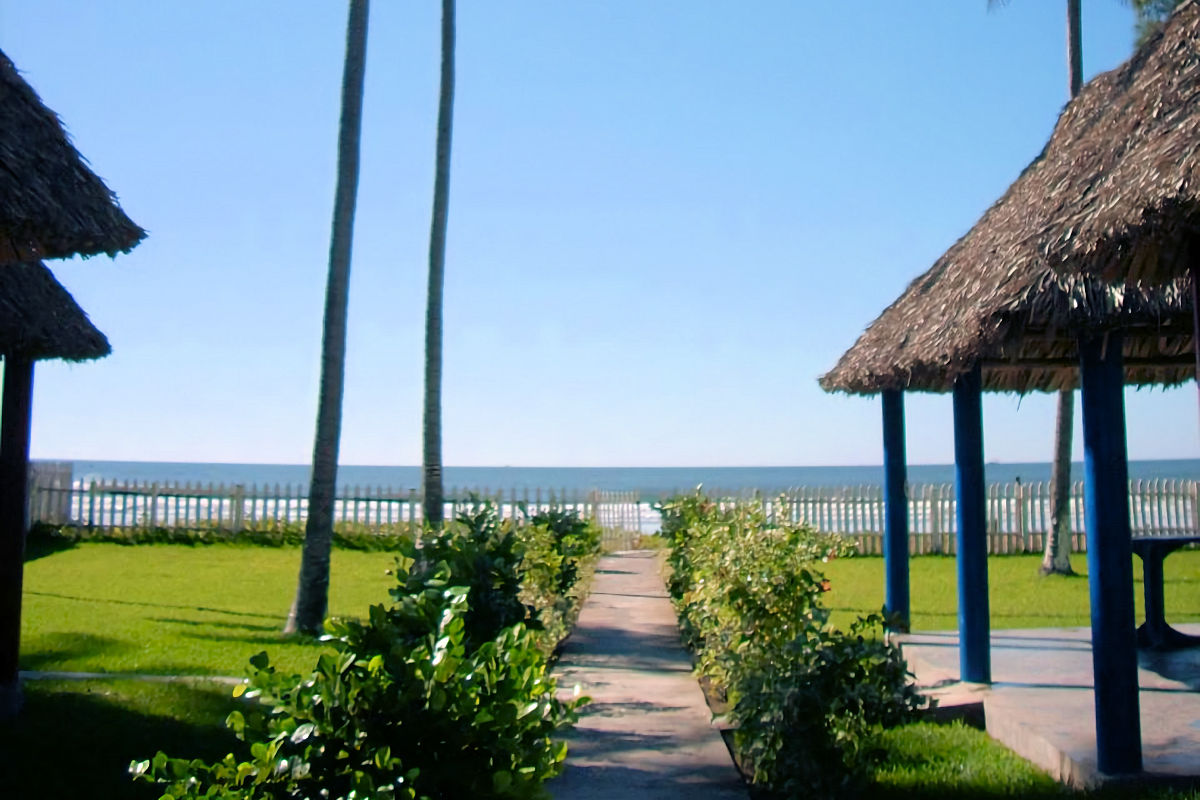
Chaguantique Forest
The Chaguantique Forest is located in the municipality of Jiquilisco and is one of the natural reserves you can find in the department of Usulután. It is characterized as a tropical forest inhabited by rare species that are in danger of extinction.
Now, its name in Nahuatl means “Place of beautiful springs,” rich in wild flora with trees reaching up to 60 meters. Thanks to its variety of streams, it is possible to cultivate tilapia and river shrimp.
The Chaguantique forest is the point within the Mil Cumbres Route where you can have the best ecotourism experience. The best thing is that you can request a guide for the entire tour and thus, know every detail of the place’s biodiversity.
As part of the tour is the option of the booths. These will allow you to see the Central American spider monkey in its habitat—a protected species and the Big Blue butterfly.
Alegría City
The third place to visit within the Mil Cumbres Route is Ciudad Alegria, which stands out for its appearance, preserved through the centuries, and its cultural diversity. It is located at 1400 m.a.s.l. right in the highlands.
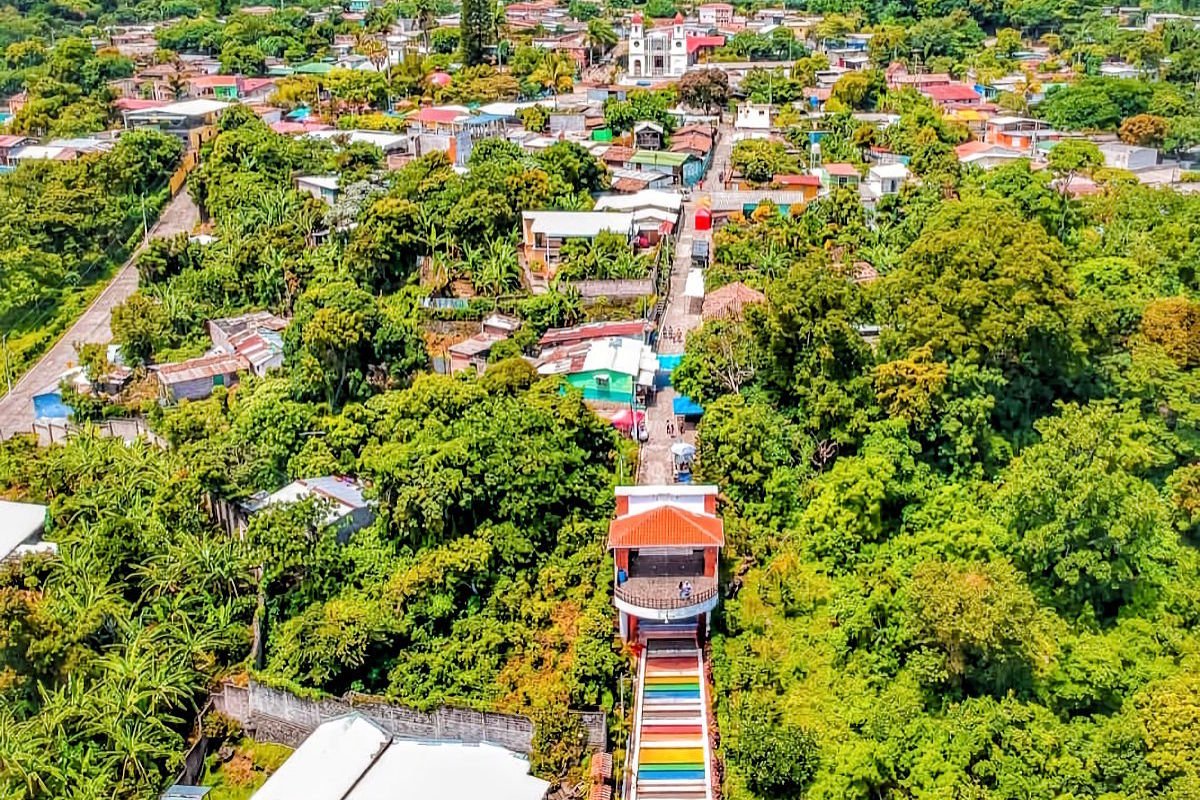
The calm and serene climate, so much of the year, is adorned by fog. Among its attractions are the viewpoints from where you can observe all the surroundings.
In addition, you can visit some tourist routes of the city and enjoy an incredible landscape rich in flora. Such is the case of the Route of the Nurseries, with approximately 150 options to see scattered throughout the municipality.
Or the Cantos Apastepeque Route, with an average distance of 1 km, which you can do on horseback, by car, or on foot. This route is ideal for those who want to connect with rural tourism and enjoy the widest variety of roses in El Salvador.
If this is not enough, you can also do the Masferreriana Route in honor of the Salvadoran poet Alberto Masferrer. And conclude with the Quemela Route, where you will find the Tecapa Volcano and the Alegria Lagoon, which are also part of the Mil Cumbres Route.
Tecapa Volcano
Volcanoes are undoubtedly one of the most important tourist attractions in El Salvador. In the Mil Cumbres Route, you can visit one of them located in the Sierra de Chinameca in the municipality of Alegria. We are talking about the Tecapa Volcano, which has 1593 m.a.s.l. Ideal for mountain tourism.

Reaching its summit is a challenge worth experiencing. Because at the top, you will not only be able to enjoy a unique natural landscape, and you will also be able to see its fumaroles, the crater that gives rise to a sulfur lagoon and if that were not enough, the north at its feet are the ausoles. Some of these are El Pinar and Loma, China.
Alegria Lagoon
The Alegría lagoon, Laguna Verde, or as the writer Gabriela Mistral called it: the “Emerald of Latin America,” is the fifth place to visit in the Mil Cumbres Route. It is a volcanic formation located in the crater of the Tecapa Volcano.
You can observe some cloudiness in its surroundings, but the best thing is its floral richness and its indescribable thermal waters with healing properties. In ancient times the crater overflowed with water, and its peculiar green was more intense.
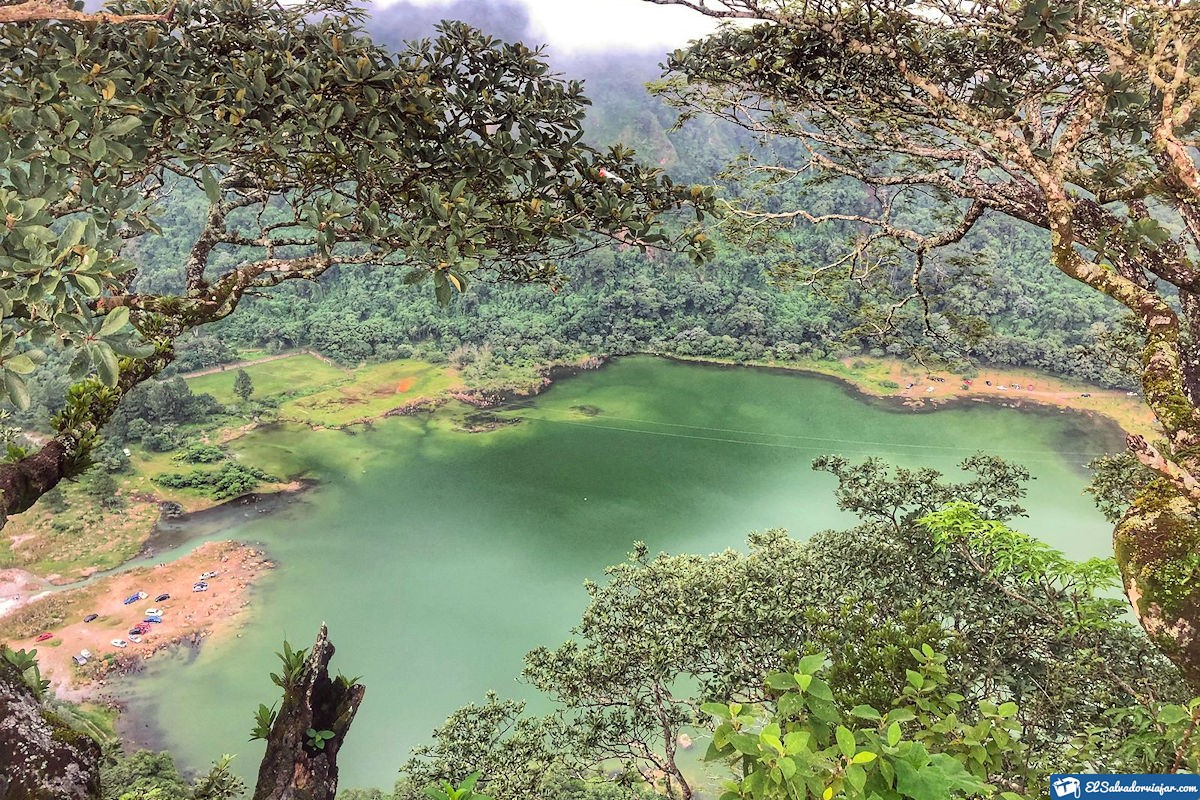
On the other hand, the locals tell some legends about this lagoon. The most notorious is about a mermaid that dwells in the depths waiting for someone who dares to swim in its waters to capture it.
El Jojotal Lagoon
El Jojotal Lagoon is another of the destinations to visit on the Mil Cumbres Route, and it is the ideal place for ecotourism at its best. The tour of the lagoon is an invitation to discover the incredible natural wealth that El Salvador has.
To such an extent, we are talking about the first natural area to be considered a Ramsar Site in 1976. Since then, the name Bird Sanctuary has been attributed to and is a protected area.

In terms of biodiversity, it has dozens of different types of birds, hence its name, almost 20 species of fish, and more than 120 plant species. If we emphasize the birds, it is the site chosen by thousands of migratory birds to spend the night. Among them are some types of herons, ducks, and caraos.
On the other hand, in addition to observing and enjoying the abundance of nature, you can choose from various water activities. You can rent rowboats or motorboats on its shore, stroll through the lagoon, swim, and fish if you prefer.
Berlin
The last place to visit on the Mil Cumbres Route is Berlin. A city where you can see traditions on every corner. Here you can enjoy the best coffee in the region, learn about the geothermal plant and enjoy the rich springs.
Historical data on Berlin show that it was a city inhabited by the Lenca tribe, which gives it a pre-Columbian origin dating from the eighteenth century. Its most important attractions are the fields that cultivate coffee, other grains, and legumes.
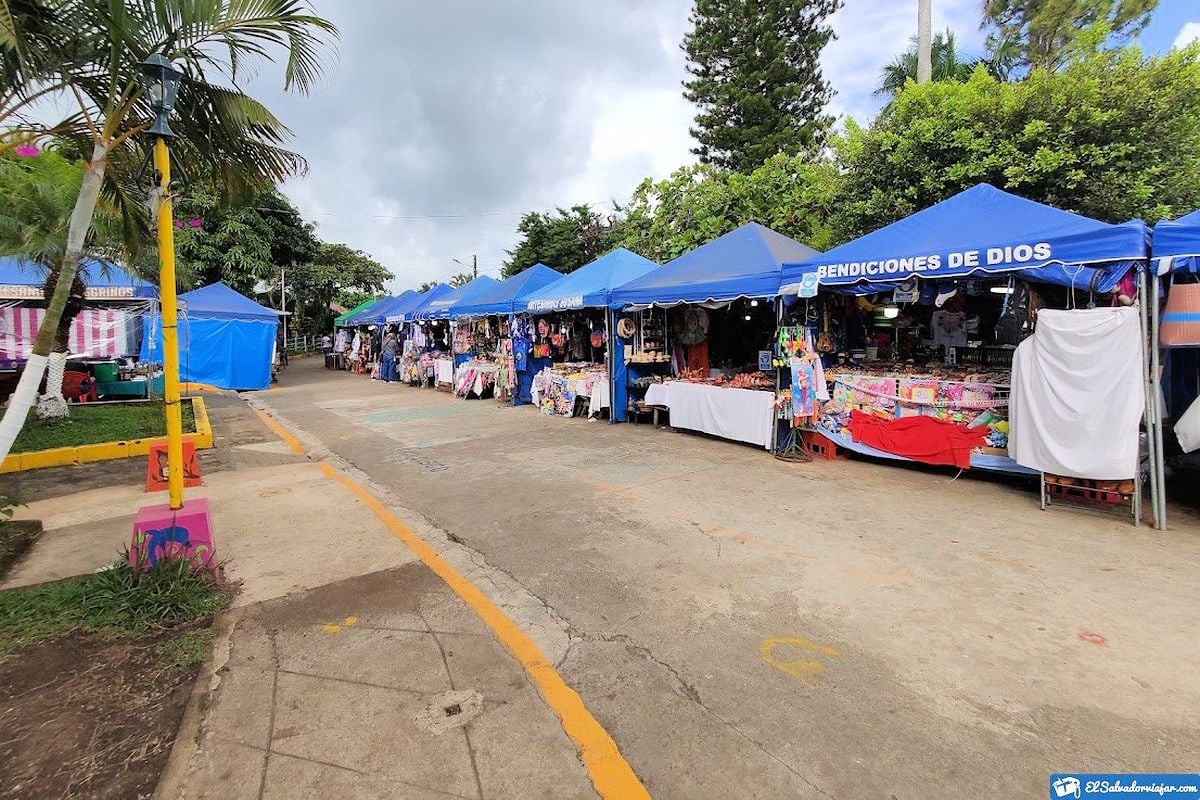
It also has different museums with permanent exhibits, hiking trails that reach the viewpoints, pools fed by hot springs, and areas where you can purchase local handicrafts.
Location and history
Mil Cumbres Route is located in the Department of Usulután, just over 100 km from San Salvador. It covers an area that begins on the beaches to the east to the mountains. Located at the highest point of the department.
It has yet to be discovered for sure when created this route. However, the places that compose it are essential for the country. It is a region where notable characters, poets, and sculptors, among others, have been born.
Where the stories, myths, and legends that revolve around each place can be known during the tour. Such is the case of a mystical mermaid searching for her true love among the young and handsome men who bathe in the lagoon.
Visiting tips
The Mil Cumbres Route offers you the opportunity to go sightseeing uniquely through different places surrounded by nature. The best thing is that you will not have to worry about food or lodging because from Jiquilisco to Berlin you will find everything you need.
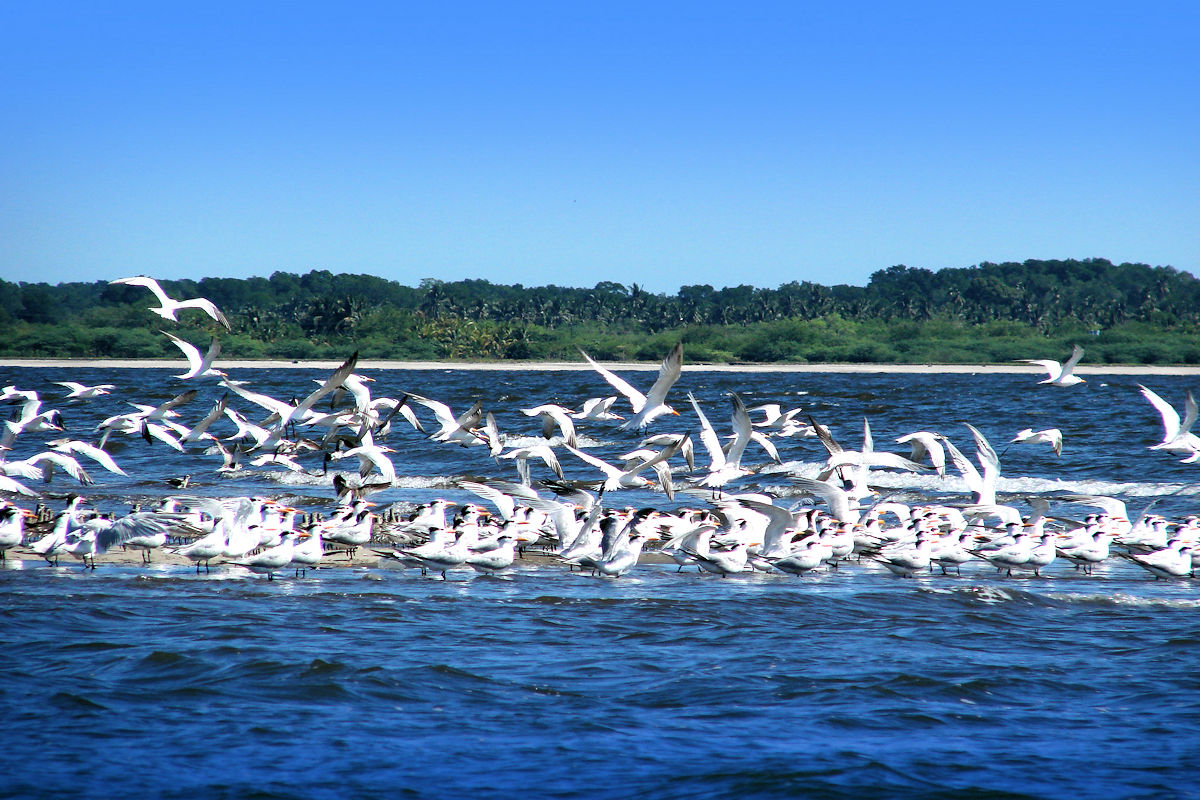
For example, the department of Usulután is known for its exquisite and varied gastronomy. You can enjoy the traditional dishes of El Salvador, typical and international, and some of these are the famous shrimp in tomato sauce accompanied by rice and salad.
Also, you can eat corn tamales, soups, shell cocktails, and fried fish from the coast. If you pass through Alegria, you can get everything from grilled meats to stews. Typical recipes include pork, rabbit, venison, and chicken.
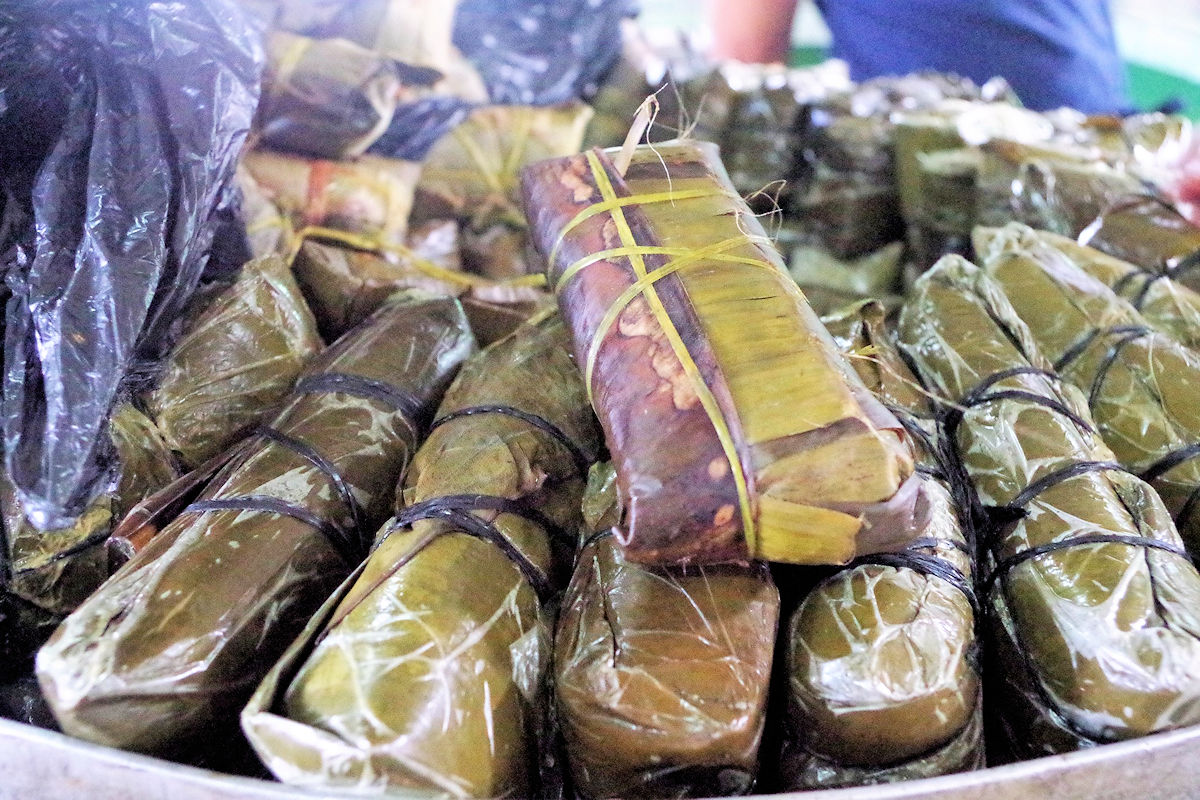
You can also enjoy traditional drinks and eat the famous pupusas and pork tortillas, among others. International gastronomy is available in the Mil Cumbres Route for the most demanding. But for the young ones, there are hamburgers, hot dogs, tacos, chicken rolls, and more.
Final recommendations
The Mil Cumbres Route is a tour that anyone can do, but because of its variety of destinations, it isn’t easy to do it in a single day or even a weekend. For this reason, it is essential to organize your vacation well and have the best experience.
- Think about the time you have available and the length of the route. If you want more time, choose only the places that interest you the most on the Mil Cumbres Route. If you are traveling with family or friends, make the decision together.
- Get a map of the route. Knowing the distance between places will help you decide if it is better to do it by car or bus. Also, you can choose between the most important destinations and mark them as a priority.
- Book a hotel, hostel, or inn. Whether it is high or low season, it is always advisable to book in advance. Remember that the Mil Cumbres Route is very visited, and you may need help finding a suitable place to stay for the date of your trip.
- Calculate your budget. You should include more than airfare, fuel, or lodging. If you have to pay for parking, guides, food, and above all, take an extra for medical expenses or expenses that were not within the budget.
- Clothing according to the weather. Mil Cumbres Route has a coastal climate but also areas with very cool weather. Therefore, you should include in your luggage clothes of different types, sunscreen, sunglasses, a cap or hat.
- Stay hydrated. Whether you decide to stay at the beach or go hiking, you should bring the necessary water for the day. Likewise, you will find places where you can buy drinking water if yours has run out.
- Garbage bags. The route is composed of many protected places, so you should take care not to leave garbage or waste in the facilities.
- First aid kit. It is never too much to take extra precautions, even more so if you go on a mountain route. You can take bandages, ointments, bandages, alcohol, or any other item that may be useful.
- Remember your camera. On the Mil Cumbres Route, you will find landscapes that are difficult to visit regularly and that, by far, are worthy of being captured in a photograph. So this is your chance to immortalize every moment and experience of your adventure.
